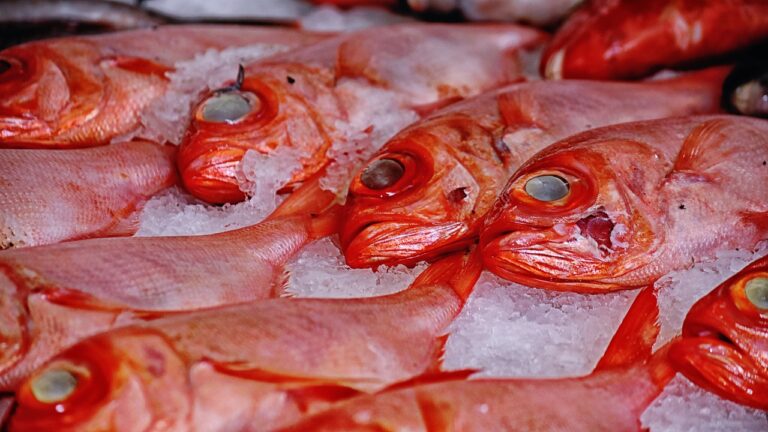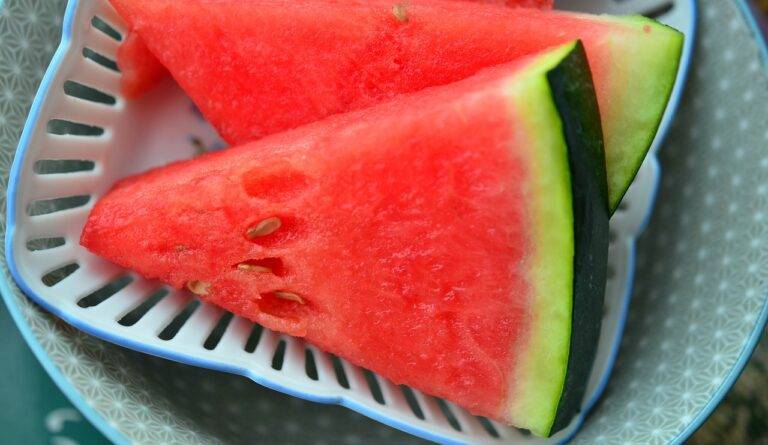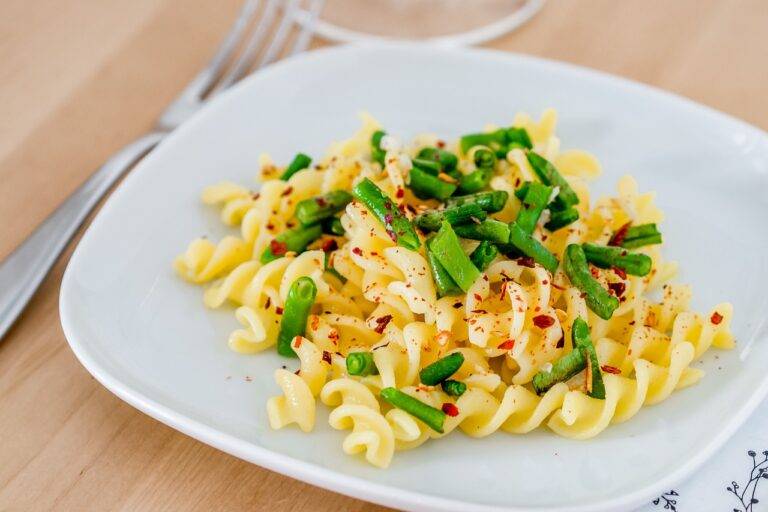The Art of Food Pairing: Matching Wine, Cheese, and Beyond.
Pairing wine with cheese is a culinary tradition that has stood the test of time. The marriage of flavors and textures between wine and cheese creates a delightful sensory experience that has been savored for generations. The acidity, fruitiness, and tannins in wine can complement the creamy, salty, and savory notes found in different types of cheese, enhancing the overall taste sensation.
When selecting wines to pair with cheese, it is essential to consider the characteristics of both the wine and the cheese. For example, a light-bodied white wine like Sauvignon Blanc pairs beautifully with fresh goat cheese, as its crisp acidity cuts through the tangy creaminess of the cheese. On the other hand, a bold and tannic red wine such as Cabernet Sauvignon can stand up to the richness of aged cheddar, creating a harmonious balance of flavors on the palate. Experimenting with different wine and cheese pairings is a fun and rewarding way to discover new flavor combinations that tantalize the taste buds.
Exploring Different Types of Cheese for Pairing
When it comes to pairing wine with cheese, it’s essential to consider the different types of cheese to complement the flavors of the wine. Soft cheeses like brie or camembert are best paired with light-bodied white wines such as Chardonnay or Sauvignon Blanc. The creaminess of the cheese balances well with the acidity and fruitiness of these wines, creating a harmonious pairing on the palate.
On the other hand, blue cheeses like Roquefort or gorgonzola pair beautifully with sweet dessert wines like Port or Sauternes. The saltiness and pungent flavors of the blue cheese are enhanced by the rich sweetness of these wines, resulting in a decadent and indulgent combination. Experimenting with different types of cheese and wine can lead to discovering unique and delightful pairings that elevate the tasting experience.
Understanding the Basics of Wine Pairing
When it comes to pairing wine with food, one key aspect to consider is the intensity of flavors. Light wines such as Pinot Grigio or Champagne are often best matched with delicate dishes like seafood or salads, while bold red wines like Cabernet Sauvignon or Malbec are better suited for hearty meals like steak or rich cheeses. The goal is to complement and enhance the flavors in both the wine and the food.
Additionally, matching the acidity levels in wine with the acidity levels in food can create a harmonious balance on the palate. Foods with higher acidity levels like tomato-based dishes or salads with vinaigrette dressings pair well with wines that also have higher acidity, such as Sauvignon Blanc or Chianti. Conversely, creamy dishes or fatty meats can be complemented by wines with lower acidity like Chardonnay or Merlot. By paying attention to these fundamental principles of wine pairing, you can elevate your dining experience and create delightful flavor combinations.
Why is wine pairing with cheese such a classic combination?
Wine and cheese have been enjoyed together for centuries because they complement each other’s flavors and textures beautifully.
How do I know which types of cheese to pair with which types of wine?
When pairing wine with cheese, it’s important to consider the intensity of both the wine and the cheese. Lighter wines like white wines pair well with lighter cheeses, while bold red wines go well with aged, stronger cheeses.
Can I pair any type of wine with any type of cheese?
While there are no hard and fast rules when it comes to wine pairing, some combinations work better than others. It’s best to experiment and find what works best for your own taste preferences.
Can I pair sweet wines with cheese?
Sweet wines can be a great complement to certain types of cheese, especially those with a salty or savory flavor profile. Experiment with different pairings to find what you enjoy best.
Are there any specific guidelines to follow when pairing wine with cheese?
While there are no strict rules, it’s generally a good idea to pair wines and cheeses from the same region, as they are likely to have complementary flavors. Additionally, consider the texture and intensity of both the wine and cheese when making pairings.







